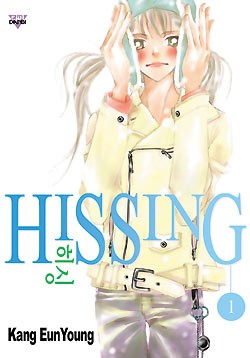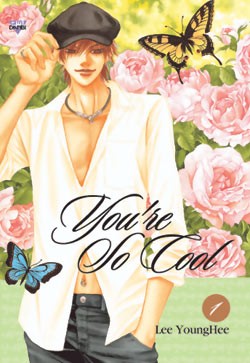Melinda Beasi here, filling in for Brigid this week, along with Manga Critic Kate Dacey.
Yesterday’s most overtly provocative voice comes from Noah Berlatsky at The Hooded Utilitarian, who wraps up his discussion of Moto Hagio’s A Drunken Dream and Other Stories by Criticizing the Critics. He describes the piece on The Comics Journal front page as “discussing critical reaction to the work, and what it reveals about the limits of the manga blogosphere.”
In the article, he calls out manga bloggers in general (and by name) to criticize their approach to Hagio’s work, characterizing it as “almost completely useless.” Though much of the comment thread so far comes from the usual HU crowd, it’s worth scrolling down for a reaction from Kate Dacey, who has effectively verbalized what many of us are feeling this morning.
On the topic of new releases, Danielle Leigh expresses excitement over the release of Osamu Tezuka’s Ayako, while David Welsh and Kate Dacey share their thoughts on what’s shipping this week.
Speaking of Tezuka, Scott McCloud waxes nostalgic in his blog about his early love for the father of manga (link via Journalista).
David Welsh reports in on day three of the One Piece Manga Moveable Feast, coupled with a timely announcement from ANN, reporting that the series has taken the top five spots in Japan’s 2010 comics rankings.
The Beat shares more details on Dark Horse Comics’ new digital program, announced earlier this fall at New York Comic Con.
At Manga Life, the Nibley sisters take a moment to give thanks in their latest Words of Truth and Wisdom.
News from Japan: ANN reports on Japan’s top selling manga for the year, both by series and by volume (1 | 2).
Reviews: At The Manga Report, Anna takes a quick look at three Viz Signature series, 20th Century Boys, Children of the Sea, and Detroit Metal City. Deb Aoki offers up ten mini reviews at About.com, including an early look at Fumi Yoshinaga’s Not Love But Delicious Foods.
Lissa Pattillo on vol. 1 of Demon Sacred (ANN)
Snow Wildsmith on vol. 1 of Grand Guignol Orchestra (Good Comics for Kids)
Erica Friedman on vol. 3 of Ichiroh (Okazu)
Sean Gaffney on vol. 1 of Skyblue Shore (A Case Suitable for Treatment)

